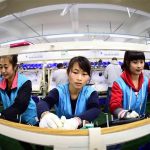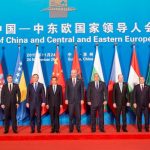GEOPOLITICS UNMASKED
Date: 30 March 2020
Geopolitics Unmasked: How COVID-19 became China’s Chernobyl
For three months now, we have witnessed the global spread of the deadly SARS-CoV-2 virus, which firstly developed in the People’s Republic of China (PRC), then spread to other regions of the world, affected all inhabited continents and significantly changed the social and economic situation of countries. In an interview with The Warsaw Institute Review, Hanna Shen, a journalist and Polish media correspondent living in Taiwan, talks about the blatant neglect of the Chinese communist authorities, misinformation of the public opinion as well as the current situation in neighbouring Taiwan.
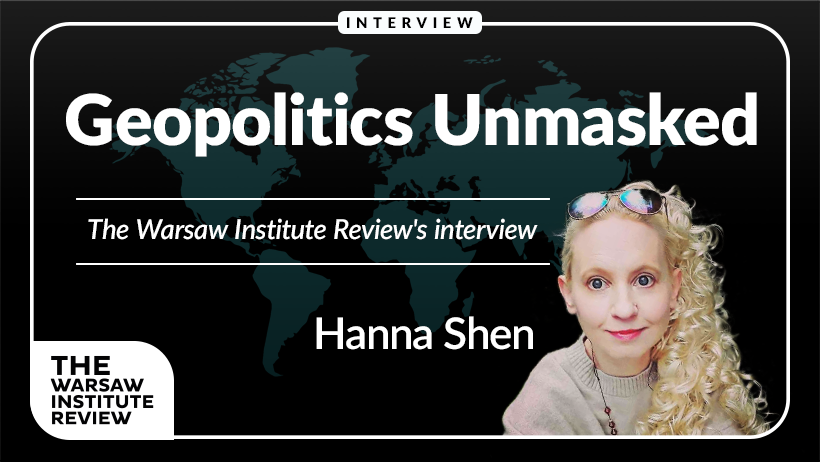
This article was originally published in The Warsaw Institute Review on 30.03.2020.
The Warsaw Institute Review: For a long time, information has been leaking to the world public opinion that the Chinese communist authorities knew about the development of the new virus well before the WHO and the rest of the world were officially informed. How was the coronavirus situation developing in the People’s Republic of China and since when did decision-makers know about the possible development of the epidemic?
Hanna Shen: Thanks to the Hong Kong newspaper South China Morning Post, or more precisely the fact that its journalists reached the document issued by the Hubei province authorities, it is known that the first case of the disease was reported in Wuhan as early as November 17, 2019. However, the city authorities waited with the first reaction until December 31, 2019, when a seafood market in Wuhan, presented as the epicentre of the epidemic, was closed. But the claim that this market was the source of the infection was quickly refuted. Today, it is said that the first person infected with the virus could have had contact with a bat or a pangolin. There are also people who claim that the virus may have been created in a laboratory in Wuhan, one of the most modern such laboratories in the world, where pathogens such as SARS or Ebola virus are tested.
As the Wuhan market was closed, on December 31, 2019, Beijing has passed information to the World Health Organisation (WHO) about cases of “an unknown disease with no indication that it spreads from person to person”. This version was repeated by the WHO in a statement from January 14, 2020, even though the Taiwanese authorities had already passed information from the medical staff in China to the WHO on December 31, 2019, that the virus could spread between people. However, the WHO ignored this message. On January 13, 2020, the first known case of COVID-19 was diagnosed outside China, in Thailand. Since then, the virus has spread to other countries in the world. Unfortunately, the WHO needed almost two months to announce that the scale of the coronavirus infection was a pandemic.
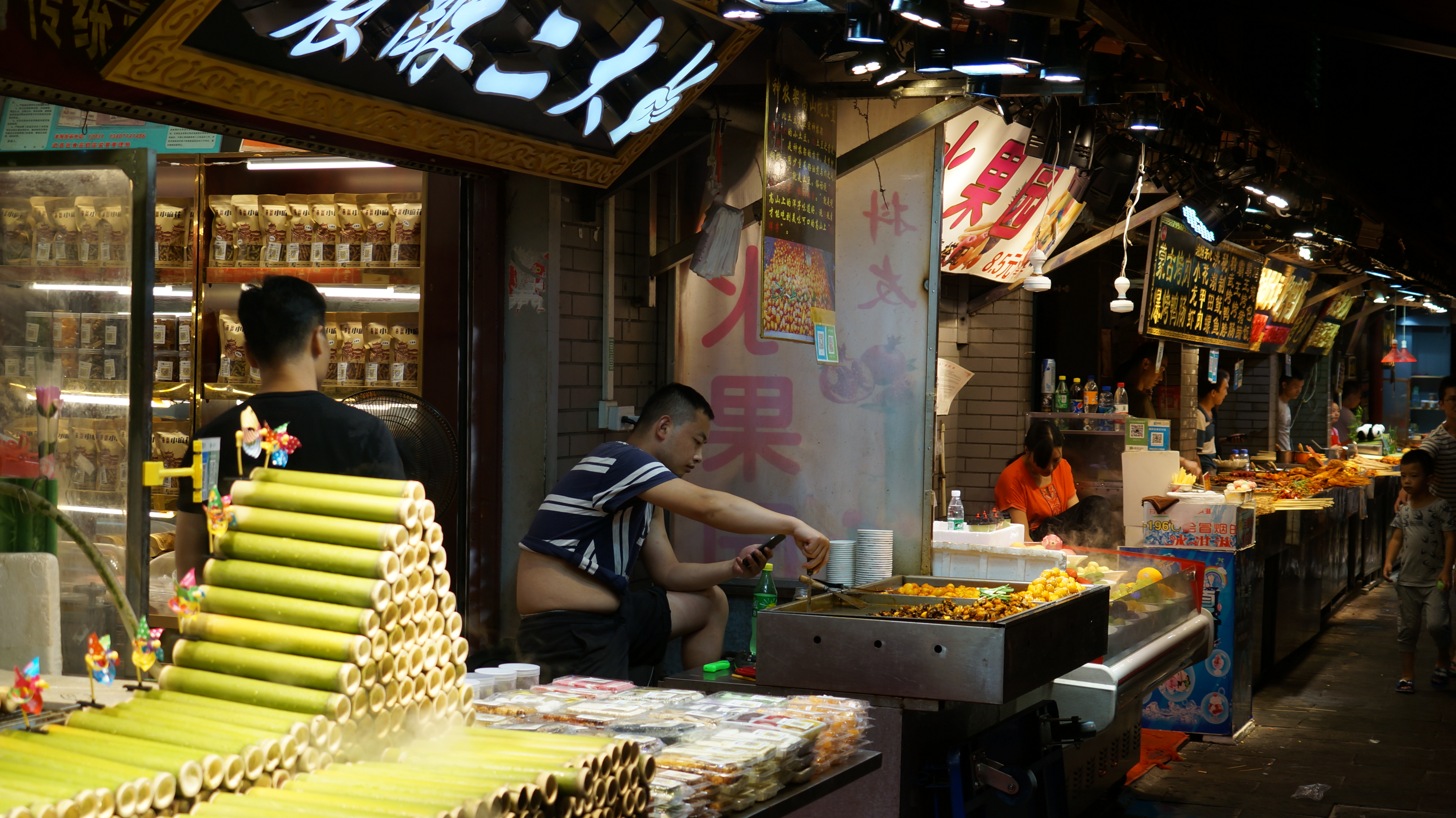
The Chinese change in the approach to the virus happened on January 20 after the speech of the President of the Communist Party of China Xi Jinping. He announced that it was “extremely essential” to take all possible measures to combat the new coronavirus. It was only then that Chinese decision-makers and the media controlled by the CPC began to alarm the Chinese citizens and the world about the rapid increase in the number of infected people. On January 23, the city of Wuhan was closed and, with time, other cities in Hubei province were closed as well. Despite these measures, by January 29, the virus has already spread across China. We must remember that it was the time of the Lunar New Year, a time when, every year, hundreds of millions of Chinese return to their homes and families, often in remote provinces. It is a time of human migration on a scale unseen in other parts of the world. This has certainly contributed to the spread of the virus.
Today, the official version of the Chinese communist authorities says that China has dealt with the epidemic. On March 25, the blockade of Hubei province was ended. The city of Wuhan is an exception as it will be opened on April 8. However, it is hard to believe that the situation has been fully contained. It is also difficult to trust the data about the current number of the infected and the dead reported by Chinese decision-makers. Other documents that have been reached by journalists from The Epoch Times show that official data from Shandong province regarding the number of infected people has been underestimated even 52 times. Other sources show that data from the whole country were understated from 5 to 10 times. This is confirmed by medical staff and crematorium workers in China. Today, when Beijing talks about success in the struggle with the epidemic, medical workers are providing information that shows that there is still a long way to go. A doctor from Wuhan can serve as an example. In an interview with the Japanese Kyodo agency, he admitted that just before the visit of President Xi Jinping to Wuhan on March 10, there were premature releases from quarantine and the official number of infected people was understated.
According to the communist authorities, the proof that Beijing dealt with the coronavirus is the closure of 14 field hospitals built specifically for COVID-19 patients. However, this happened just before the mentioned visit of Xi Jinping to Wuhan. Beijing is also silent about three hundred so-called relay stations, created at the same time, to which patients from the closed hospitals were sent. Moreover, China is currently struggling with the second wave of infections caused by the return of Chinese from Europe and the United States.
What actions have been taken over the last three months by representatives of the authorities and the Communist Party of China, was there a noticeable difference in reaction at the provincial party level, and the headquarters in Beijing? Was the coronavirus already considered as such a great threat, or maybe the decision-makers were not aware of it at all? Some time ago, there were rumours that the Wuhan authorities initially withheld the crisis due to the planned meeting of the regional party authorities in their city. If decisive steps had been taken earlier, would there be a chance to limit the great migration of Chinese people in connection with the coming Chinese New Year?
The behaviour of the Chinese communist authorities is very similar to that of the Soviet communists during the Chernobyl tragedy of 1986. At first, the USSR authorities did not admit the nuclear accident and only physical evidence forced them to reveal the truth. The communist authorities of the PRC acted in the same way in the case of the coronavirus epidemic outbreak. From the very beginning, the world public opinion was misinformed and had to deal with the pathological secrecy of the Chinese authorities. At the end of January, in an interview with the state CCTV station, Mayor of Wuhan Zhou Xianwang said that after receiving the information, as a local official, he had to wait for the central authority’s consent to disclose it. So surely already in early December 2019, Wuhan authorities informed the central authorities of communist China that an unprecedented virus had appeared. This is a clear sign that Beijing did not give such consent to the Wuhan authorities. And indeed, at that time, local authorities focused more on the preparations for the CPC regional authorities meeting that took place in Wuhan from 11 to 17 January 2020. In order not to spoil the atmosphere during the communist meeting, it was maintained that there were no new cases of infection, which was an obvious lie.
It is also known that on January 7, Xi Jinping himself knew about the situation in Wuhan. And today we also know that this was the moment when if decisive steps had been taken, probably, a catastrophe on a global scale would not have happened. This is stated in a study by scientists from the British University of Southampton, describing the impact of non-pharmacological methods, including the isolation of the sick, travel restrictions and sanitary cordons in China, on reducing the epidemic.
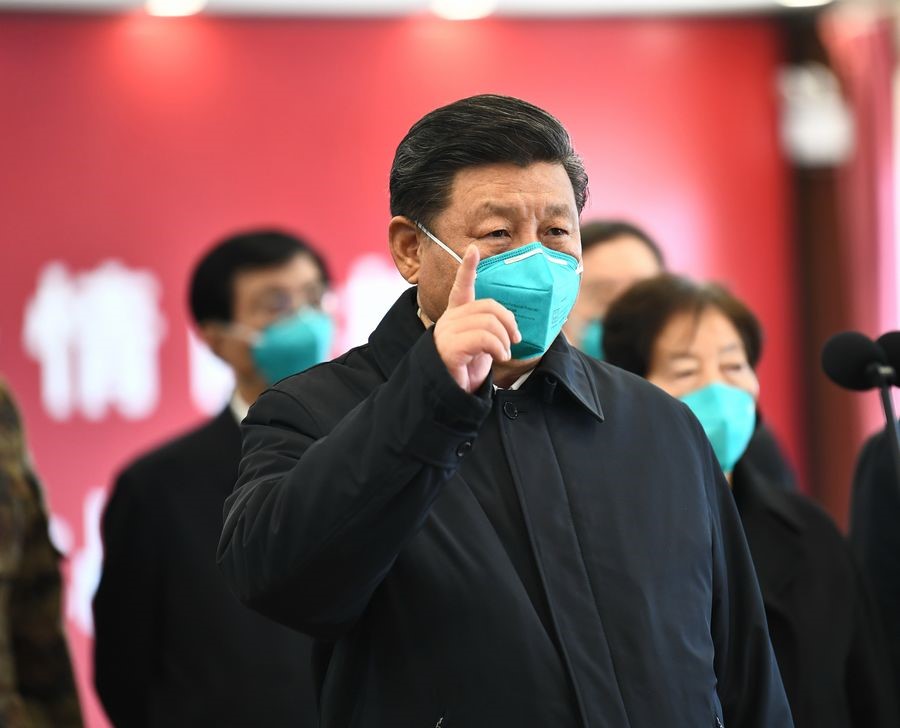
China started to take serious action only after January 20, 2020. The mentioned study shows that if the PRC had introduced similar methods a week earlier, there would have been 66 percent fewer cases. The reaction 2 weeks earlier could have meant as many as 86 percent fewer cases and 3 weeks 95 percent fewer COVID-19 patients. It directly shows that we would not have a pandemic on a global scale.
All those who tried to raise the alarm, including the “signaller” doctors from Wuhan, were then persecuted. This happened to Dr Li Wenliang, who together with seven other doctors, already in December 2019 warned about the epidemic of not yet called SARS-CoV-2. Dr Li was detained twice for this reason. He was also forced to sign a document in which he admitted that he was spreading rumours, which contributed to the disturbance of the social order. After all this, Li returned to work in the hospital and died due to the coronavirus infection.

Therefore, what was the attitude of decision-makers to the introduction of restrictions in the struggle with the coronavirus?
The local authorities allowed the uninformed Chinese from Wuhan and Hubei province to meet at mass events and travel around China and abroad because they were afraid to make their own decisions without the approval of the headquarters. This would in all likelihood mean the end of their careers in the party.
Xi himself probably thought that the introduction of restrictions on travel during the Lunar New Year would cause social discontent, which would weaken his position in the CPC even more. One should remember that last year was very difficult for the Chinese President. The postponement of the CPC Central Committee meeting from the turn of 2018 and 2019 to the end of October 2019 is proof of these difficulties. Before the meeting, it was said that this delay was caused by “four bombs”, whose “disarming” Xi Jinping was occupied with, which nevertheless greatly weakened his position in the party. These bombs were the economic slowdown, a prolonged trade war with the United States, protests in Hong Kong and factional fight within the CPC. The escalation of Western criticism of China’s policy towards the Uyghurs in Xinjiang and increasingly assertive attitude of Taiwan towards Beijing can be also added to this “explosive collection”. The latter ended in another failure of Xi in early 2020 – the defeat of the pro-Beijing Kuomintang in the presidential and parliamentary elections in Taiwan. Now all of this is accompanied by another bomb – SARS-CoV-2.
We are also receiving information about the high level of public discontent in the PRC, which is caused by the incompetence of the authorities in the initial phases of the crisis. What is the scale and what forms does it take? Is Beijing responding to this?
Surely, the death of Dr Li Wenliang was a breakthrough for the Chinese. Then, Internet users started to ask uncomfortable questions, e.g. why people who acted in the interest of the Chinese nation and warned about the virus were persecuted by the authorities. Thus, they started to demand freedom of speech. And such demands for freedom appeared not only on the Chinese Internet, but also in Canton, at the Shahe wholesale market during the protest of wholesalers on March 20 when Chinese people dissatisfied with the new regulations on rental fees shouted: “We want human rights”.
The communist authorities respond to this by censorship and isolation of those who express opinions uncomfortable for them. On March 14, Ren Zhiqiang, a former real estate tycoon and popular Chinese blogger who openly criticized the Communist Party of China, went missing. In one of his articles, he wrote that Xi Jinping is a power-hungry clown and that the communists, by restricting freedom of speech, contributed to the spread of the coronavirus epidemic worldwide.
Communist propaganda builds the image of Xi Jinping as a heroic leader fighting the plague. Currently, the media and communist politicians also add that the fight against the virus has ended in a success thanks to the united effort of the entire Chinese nation. This message is intended to make the Chinese people sure that only united under the leadership of President Xi and the CPC can China succeed. Another method of propaganda is to quote foreign leaders praising the Chinese government for its actions during the pandemic. Such actions are aimed to create an aura of success of the Chinese government in Beijing.
We are also dealing with actions aimed at distracting, or more precisely placing the responsibility for problems on lower levels of power. For example, the secretaries of the Communist Party of China in the entire Hubei province, including Wuhan, were mentioned. Two top representatives of the Hubei health commission have also “gone”. During the epidemic, many Chinese people noticed that the problem does not lie in some incompetent local apparatchik, but in the whole system, and above all, in the style of President Xi’s leadership. This is reflected in a huge loss of confidence in Xi Jinping as a leader.
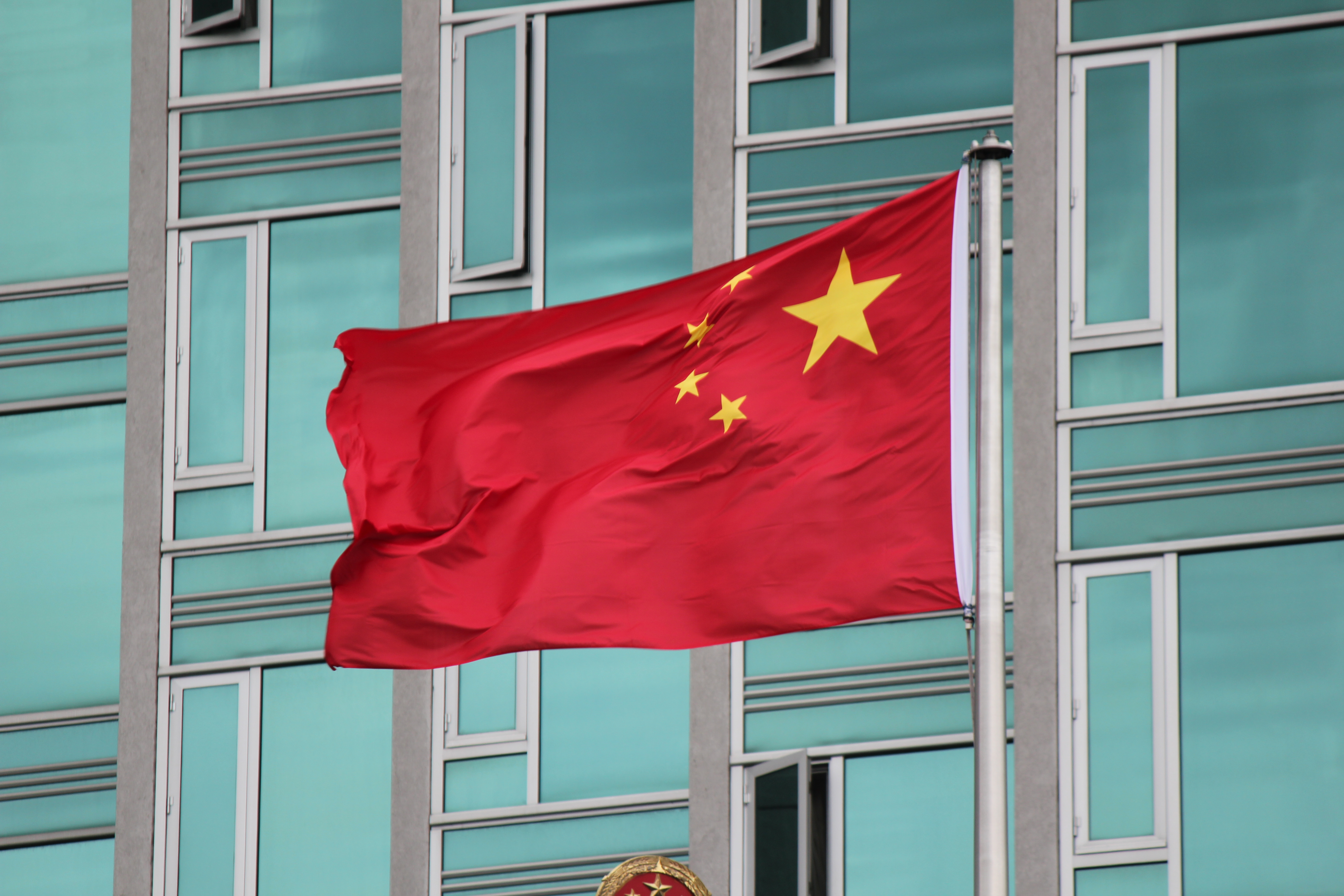
And what about the situation in neighbouring Taiwan, called the only Chinese democracy? We are receiving information that a different strategy has been adopted there. When did patient zero appear and how did the authorities of this country react to the impending epidemic?
The first infected person in Taiwan was a woman who returned from Wuhan on January 21, 2020. However, Taiwan was prepared and had already taken steps to reduce the spread of the disease. As early as on December 31, 2019, the Taiwan Centre for Disease Control (CDC) has introduced controls for passengers coming from Wuhan.
I think that Taiwan has positively surprised the world. Taiwan is located only 130 km in a straight line from China, more than 400 thousand Taiwanese work in the PRC, and last year, 2.7 million Chinese tourists visited the island. This proximity to China has led many specialists, including scientists from John Hopkins University in January, to predict that Taiwan will be one of the countries most affected by the coronavirus. This did not happen.
So what is the difference in combating the coronavirus pandemic between these two Chinese – although, as we know, with a different political sensitivity – states? What is the recipe for success in preventing and combating the virus by the Taiwanese?
The main reason for Taiwan’s success is the rapid reaction and lack of faith in the data provided by communist China. As I mentioned, already on December 31, 2019, Taiwan took the first preventive steps, understanding that the situation in the PRC is much more serious than it was reported by the Chinese authorities. Taiwan is applying quarantine, but not quarantine of information. And that makes it different from China. The island has shown that a better way to stop the coronavirus is not a quarantine of news about the epidemic, but providing people with access to the right information. The Central Epidemic Command Center (CECC) established in January, organizes daily press conferences, during which the latest information about the epidemic and the decisions and actions taken by the Taiwanese authorities are announced. It also denies fake news circulating in social media, distributed mainly by the so-called “wumao dang”, an army of paid Chinese trolls, which release information intended to convince Taiwanese people that the government is not coping with the epidemic to bring chaos to the island.
However, Taiwan is also coping with the epidemic because it has a very good healthcare system. In the Health Care Index, which evaluates healthcare systems in 93 countries worldwide, Taiwan has been ranked first in the last two years in a row.
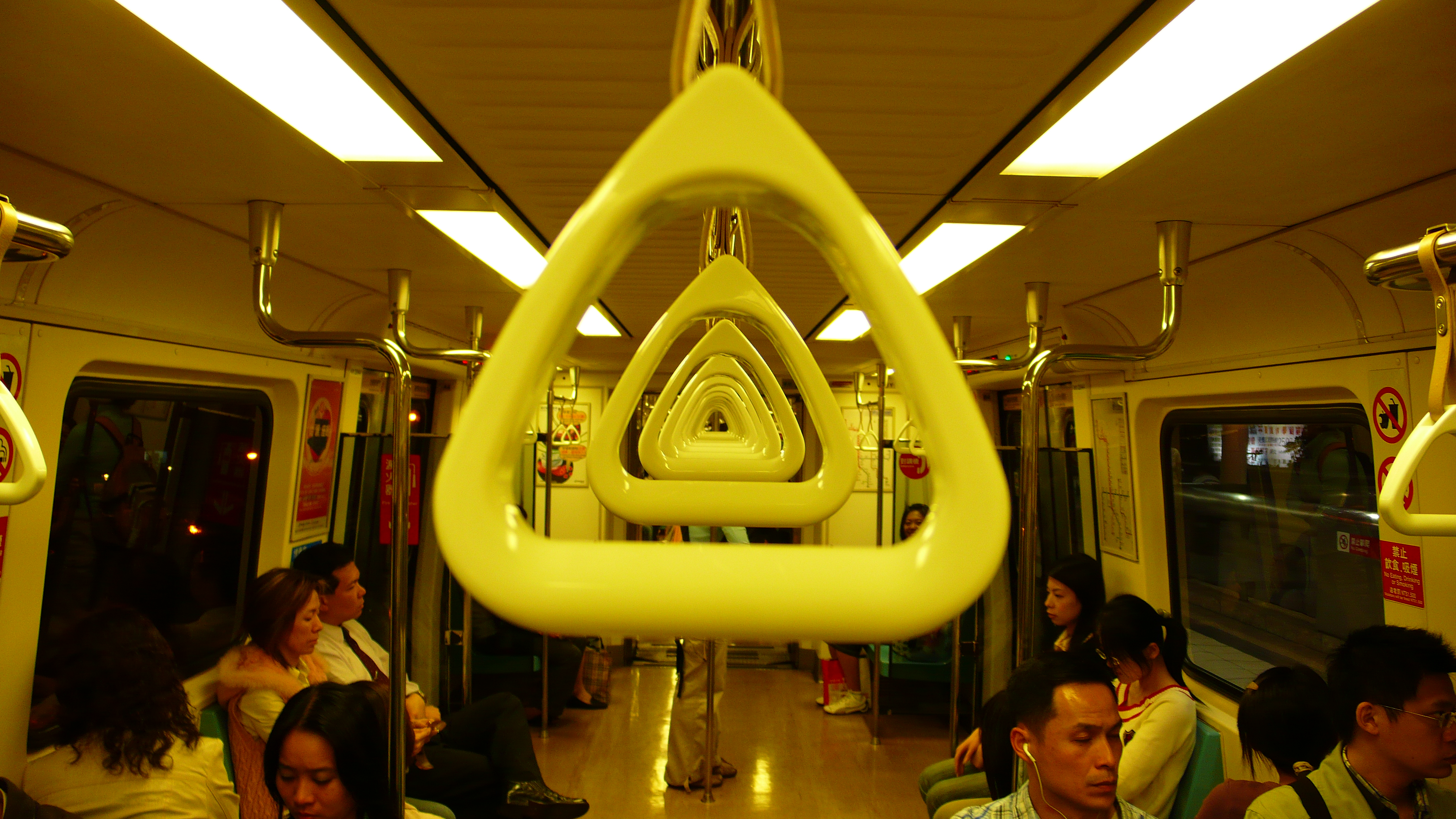
Since you are currently in Taiwan, please describe how everyday life in this country looks like nowadays.
I think Taiwan is now the safest place on Earth and life looks quite normal. Although Taiwan now faces a second wave of infections, like China, Japan and South Korea, the situation is under control and there is no need to block cities or restrict citizens’ freedom. Schools and many businesses are open. This is certainly a difficult time for airlines and travel agencies, as foreigners are currently banned from entering the island. In everyday life, in many places temperature is measured and people are wearing masks. The Taiwanese are watchful and disciplined. They realized from the beginning that the coronavirus is not just flu, and those who do not follow the quarantine rules are financially punished. For example, in early March, the Taiwanese authorities punished a man who left the quarantine facility with a fine of TWD 1 million (about PLN 139 thousand – editorial note).
Taiwan also took care of strategic reserves. In order to prevent the lack of protective masks that many other coronavirus-affected countries in the world are facing, on January 24, 2020, the Taiwanese government announced a temporary ban on the export of protective masks. On February 6, a mask rationing system was introduced, requiring citizens to present a health insurance card while purchasing. In early February, the mobilisation of the Taiwanese armed forces was announced to stop the spread of the virus and prevent it. Soldiers were sent, among others, to the production halls of the main protective masks manufacturers to help with operating 62 additional production lines. At the moment, the island is producing 12 million masks a day. In April, it is expected to be as much as 13 million.
Let us talk about the international arena. How much help has the PRC received from other countries in fighting the epidemic? Is it true, as the Chinese claim, that the USA has not helped them in any way?
There are countries, including Poland, that have sent medical protection equipment to China, including masks. In the case of Taiwan, we know that Chinese authorities tried to force businessmen investing in China to donate masks from Taiwan. This was a form of blackmail, which could have deprived the Taiwanese market of masks. Therefore, the Taiwanese government decided to introduce a temporary ban on the export of masks, which served the safety of the Taiwanese people. It is not true that the Americans did not offer help. Both in January and February 2020, the U.S. government proposed sending experts from the U.S. Centers of Disease Control and Prevention to Hubei. Moreover, American experts were told by their colleagues in China that help was extremely needed. However, the authorities of the Communist Party of China rejected this offer of help because “proper” narration and presenting the USA in a negative light defined by the CPC was more important for them.
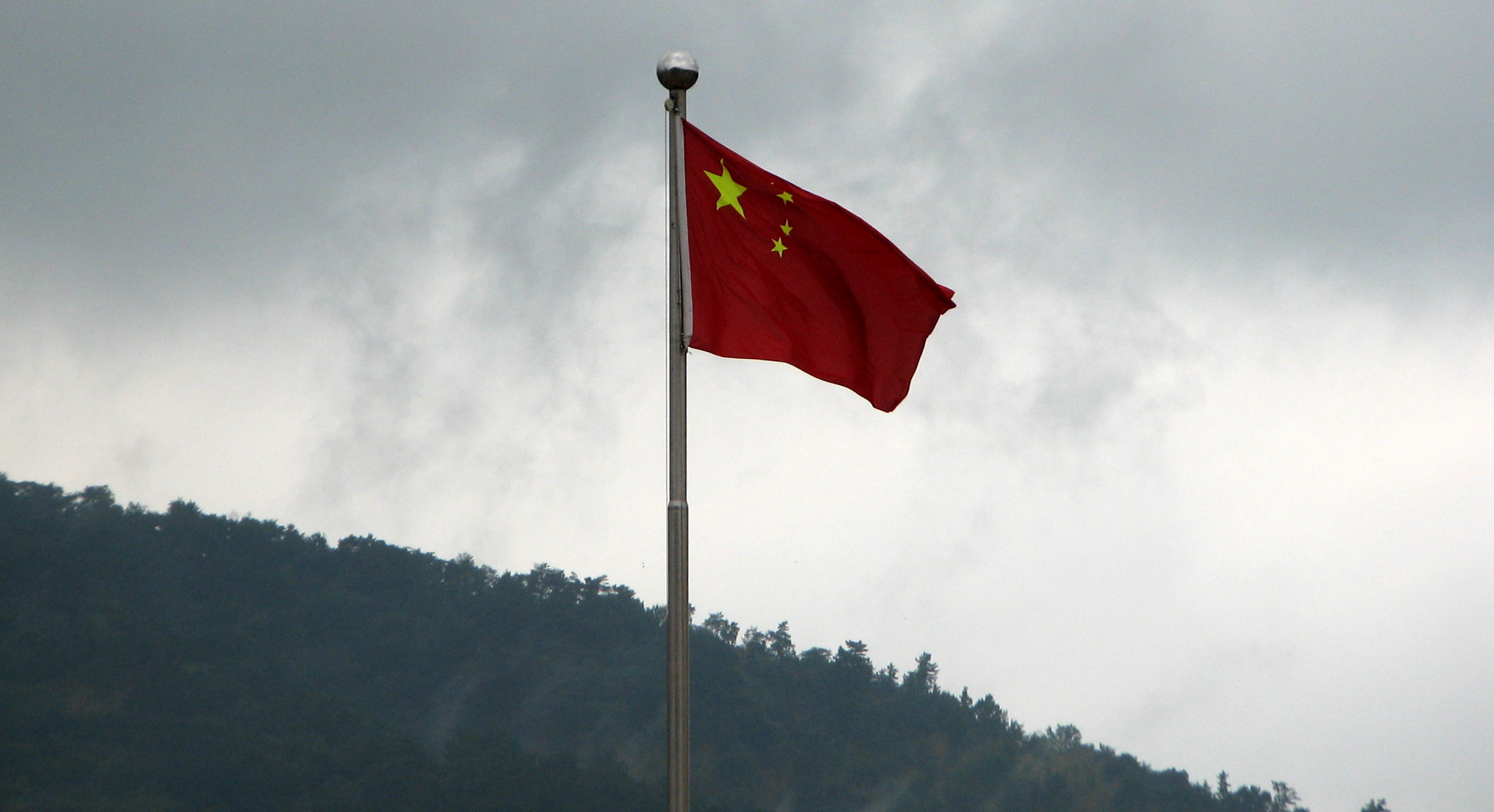
How do you interpret the current aid of the People’s Republic of China for European countries? We can often encounter an opinion that the PRC is donating medical supplies while in fact, Chinese aid for Europe is based on the commercial cooperation of individual European countries with Chinese factories.
First of all, I do not think this is an aid. If China really wanted to help, instead of deceitful propaganda and repression of the people telling the truth about the epidemic, at least from the beginning of January this year the Chinese authorities would have alarmed other countries about the spread of the dangerous virus. They would have accepted the help offered by the USA. If they had, it would probably be possible to reduce the scale of the infection. Unfortunately, today we have a pandemic and everyone is paying a high price for it. I believe that the Chinese authorities, primarily the Communist Party of China, are responsible for the pandemic. This responsibility does not concern the average Chinese people as they are the biggest victims of their authorities. As part of the disinformation war, Beijing promotes the narrative that although the epidemic broke out in China, it does not come from China, that China is not responsible for anything. On the contrary, today they can help the world. Let us remember that in most cases all countries have to pay for this alleged help.
There is a Chinese saying that Chinese diplomacy often uses today when talking about its help: “Toutao baoli”, meaning to give plums in exchange for peaches. Today the CPC offers us plums in the form of masks, but at the same time, Xi Jinping has a well-prepared plan of how and when to ask for peaches for alleged help in the times of plague. If other countries do not hold Beijing responsible for the fact that the virus reached them, some of them cost lives or health, and some of them will feel it economically, then the PRC will bill for the “help”. Some may be told that since Beijing offered gifts, it is now time for Huawei to build a 5G network. The others may be asked to provide access to their wealth or to use the Chinese yuan in the trade so that the currency will play a greater role in world transactions displacing the dollar.
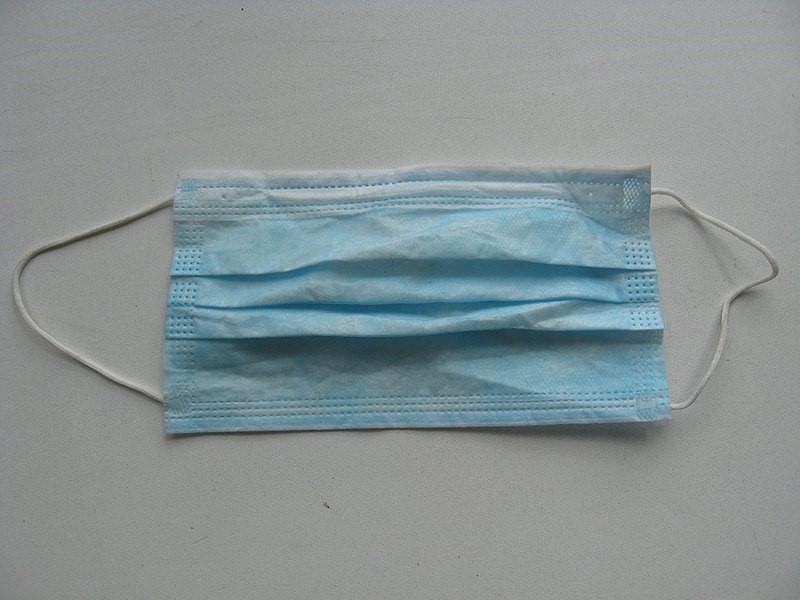
So we are talking about makeshift help?
This alleged aid, without identifying China as responsible for the worldwide spread of the pandemic and agreeing to the CPC propaganda presenting China not as the source of the crisis, but as a solution to this crisis in other countries of the world, in the future, may translate into economic and political dependence of other countries and is simply a fraud.
Interview by Jarosław Walkowicz – The Warsaw Institute Review
Hanna Shen is a Polish journalist and Polish media correspondent in Asia living in Taiwan. She writes for the press and portals both in Poland and Taiwan including Foreign Affairs Portal, Taipei Times, Gazeta Polska, Nasz Dziennik, Fronda, Epoch Times, Liberty Times. She is a member of the Taiwan Foreign Correspondents’ Club.
This article was originally published in The Warsaw Institute Review on 30.03.2020.
_________________________________
All texts published by the Warsaw Institute Foundation may be disseminated on the condition that their origin is credited. Images may not be used without permission.

